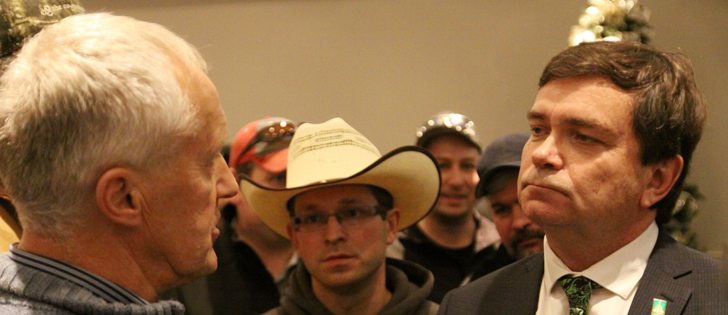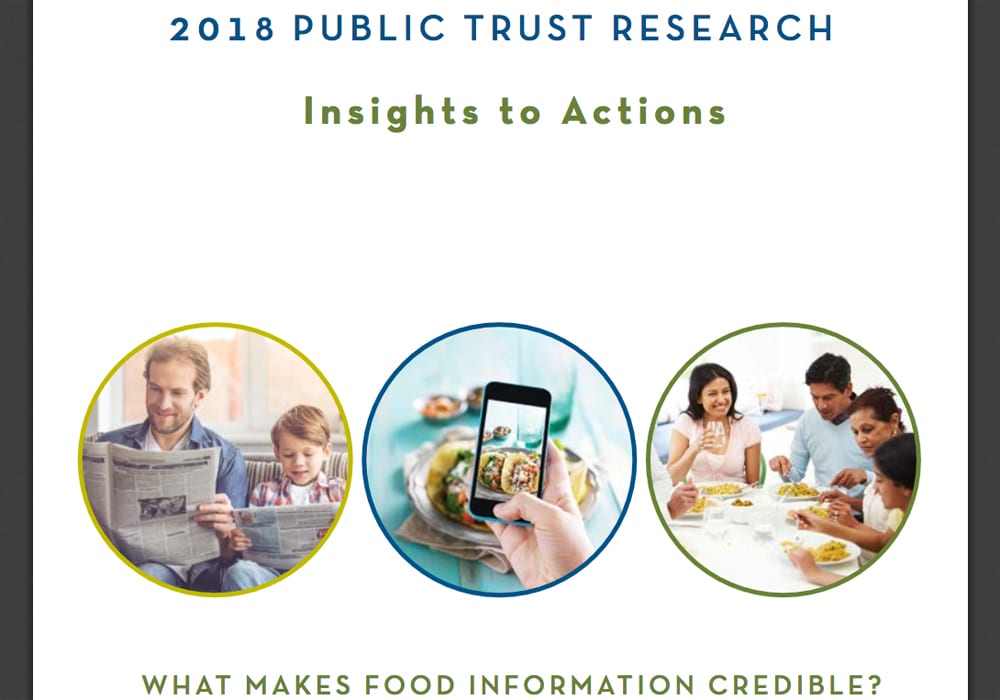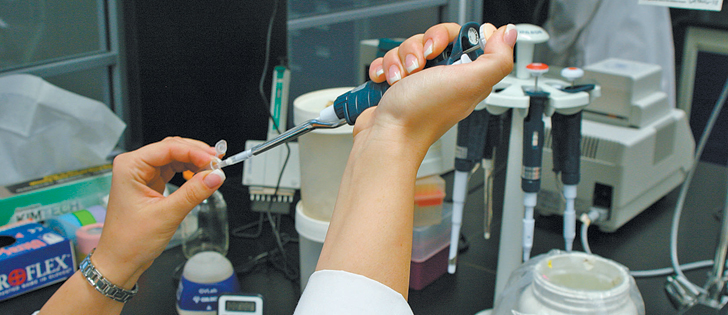Canada’s agriculture ministers are heading to Calgary for their annual meeting.
The two-day event, scheduled for July 20-22, marks the first time Canada’s federal and provincial agriculture ministers will meet since the Liberals took office in October.
The meeting is hosted by Alberta Agriculture Minister Oneil Carlier, who will serve as co-chair with rookie federal Agriculture Minister Lawrence MacAulay.
But MacAulay won’t be the only new face at the meeting. Manitoba, Newfoundland and the Northwest Territories, whose agriculture minister also happens to be the premier, all have new folks leading their agriculture departments.
Read Also

Proactive approach best bet with looming catastrophes
The Pan-Canadian Action Plan on African swine fever has been developed to avoid the worst case scenario — a total loss ofmarket access.
The main item on the agenda is Canada’s next Agriculture Policy Framework, which will replace the existing Growing Forward 2, which expires in 2018.
Agriculture is one of a handful of policy areas that is a joint federal-provincial responsibility. The partnership requires deep co-operation between the federal, provincial and territorial governments.
Under Growing Forward 2, the federal government funds 60 percent of the cost, while the provinces fund 40 percent.
Both MacAulay and Agriculture Canada officials have said they expect the current funding division (which used to be divided 80/20 in favour of the feds) will continue into the next framework.
The Agriculture Policy Framework is a five-year policy road map that outlines priority areas.
About two-thirds of the money is committed for business risk management programs, which includes AgriStability (meant for large margin declines), AgriRecovery (disaster relief), AgriInvest (small margin declines) and AgriInsurance (crop insurance).
Prime Minister Justin Trudeau has instructed MacAulay via his ministerial mandate letter to review those programs — a directive supported by several agriculture groups, including the Agricultural Producers Association of Saskatchewan.
A producer survey released by APAS in April revealed farmers are concerned about AgriStabilty’s functionality. Only 18 percent of the 268 respondents felt the program benefitted their operations, while 35 percent of respondents said they had withdrawn from the program altogether.
While weather and growing conditions have stabilized across much of the Prairies, unseasonable dry conditions in parts of Eastern Canada, notably Ontario, could pressure officials to rejig the existing programs.
There are other topics on the Calgary agenda besides business risk management.
At the end of their 2015 annual meeting in Charlottetown, agriculture ministers set a number of priorities, including trade, bee health and agriculture education.
Among those commitments was a promise to continue backing the FPT Food Processing Industry Development Forum, designed to co-ordinate investment, trade and market development in Canada’s food processing sector.
The Liberals, for their part, promised during the election to invest $160 million over four years into a value-added processing fund — a commitment that, despite being included in MacAulay’s mandate letter, failed to make the government’s March budget.
Meanwhile, research, the environment, food availability and social licence are also expected to be raised at next week’s meeting. Several also happen to be Liberal priorities.
For prairie farmers, rail transportation remains a top priority — an issue currently under federal review and on the minds of both shippers and Canada’s railways, given the forecasts for a big crop this year. Memories of the 2013-14 grain crisis remain fresh.
Ministers and government officials are hopeful next week’s meeting will produce an outline for the next policy framework, which can then be used as a guide during farmer/industry consultations.
The provinces are insisting that the next framework remain as flexible as possible, given the vast regional differences.
As for Canada’s farmers, shippers and processors, they’re looking to Calgary for clues about the direction the Liberals plan to go.
With so many new faces at the table it’s possible next week’s meeting could hold a few surprises.

















